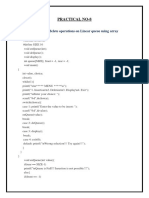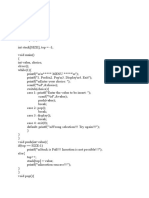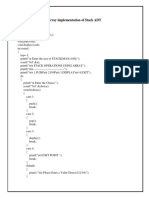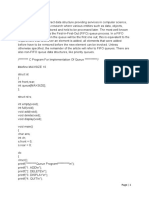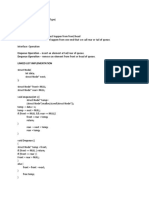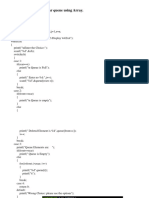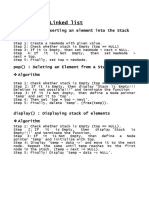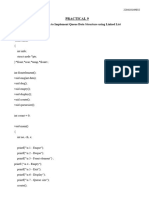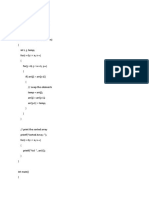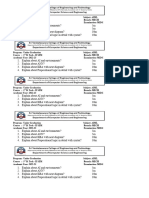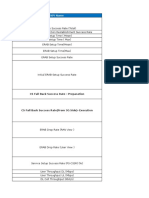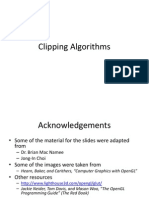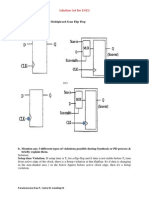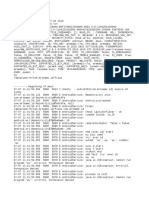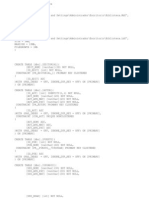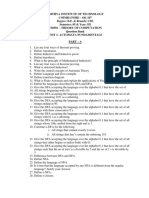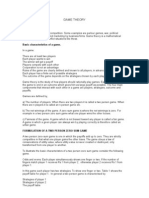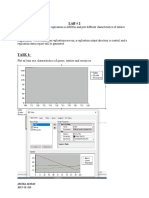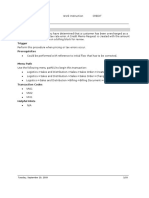0% found this document useful (0 votes)
99 views5 pagesQueue Using Linked List
The document describes a queue implementation using a linked list to address the limitations of array-based queues, such as fixed size and garbage values. It outlines the structure of a node, the FIFO mechanism, and provides algorithms for adding, deleting, and traversing elements in the queue. A sample C program is included to demonstrate the queue operations.
Uploaded by
srinu vasCopyright
© © All Rights Reserved
We take content rights seriously. If you suspect this is your content, claim it here.
Available Formats
Download as DOCX, PDF, TXT or read online on Scribd
0% found this document useful (0 votes)
99 views5 pagesQueue Using Linked List
The document describes a queue implementation using a linked list to address the limitations of array-based queues, such as fixed size and garbage values. It outlines the structure of a node, the FIFO mechanism, and provides algorithms for adding, deleting, and traversing elements in the queue. A sample C program is included to demonstrate the queue operations.
Uploaded by
srinu vasCopyright
© © All Rights Reserved
We take content rights seriously. If you suspect this is your content, claim it here.
Available Formats
Download as DOCX, PDF, TXT or read online on Scribd
/ 5





